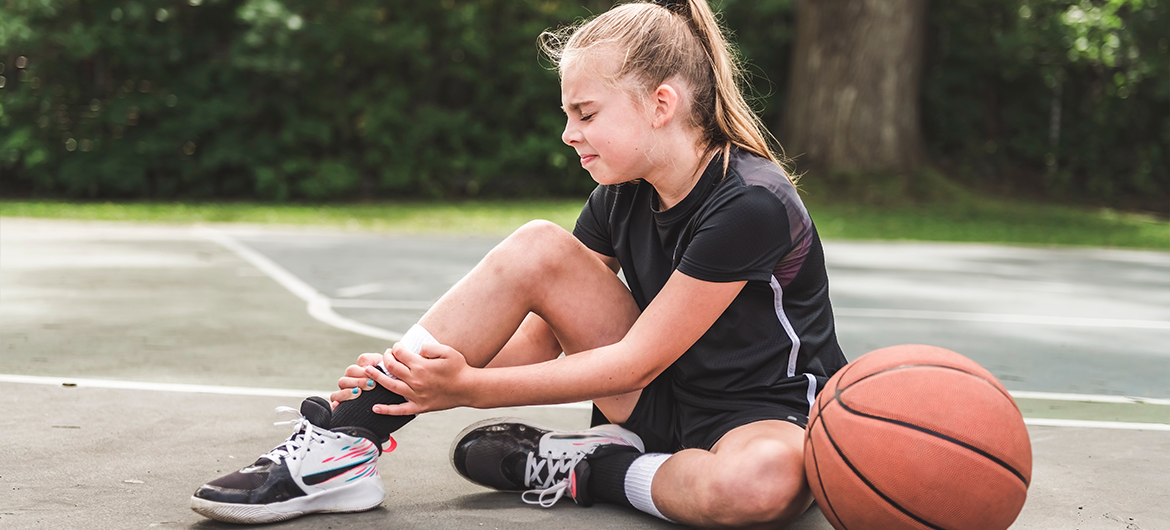The start of a new school year means sports season is back on parents’ calendars. Youth sports are an important part of a child’s development. They allow kids to strengthen their social and emotional skills while also fueling a healthy and active lifestyle. However, as children grow and their activity levels increase, so does their risk of injury. In fact, almost one-third of all injuries that happen during childhood are sports-related.
Common Sports Injuries
While most minor injuries can be dealt with at home, more serious injuries may require surgery. Studies have shown that every year, over 2.6 million children up to the age of 19 end up in the emergency room for a sport- or recreation-related injury. Basketball, football, and baseball/softball tend to have the highest risk; however children can suffer an injury from any sport.
Common sports-related injuries:
• ACL/Meniscus Tear
• Shoulder and Elbow Injuries
• Sprained Ankle
• Bone fractures
• Concussion
Surgery at a young age can be nerve wracking for patients and their parents/guardians, innovative techniques – especially related to pain management – can provide an enhanced, safer experience.
Advocating for Pain Management
Surgery is often a child’s first exposure to opioids, which can be associated with significant side effects and risks. With reports finding that adolescents and young adults lost an estimated 1.2 million years of life in recent years due to unintentional drug overdoses, it is imperative to lean on alternatives to opioids for managing pain after surgery. There are non-opioid options available for patients that can help reduce, or in some cases, eliminate the need for an opioid prescription following surgery.
Educated conversations about pain management should happen long before the surgical date. Recently, the National Safety Council began piloting an educational program aimed to empower parents to discuss the dangers of opioids with their families to curb the risk for addiction and/or dependence. Launching publicly in 2023, participants will receive weekly lessons that teach educational information, action steps and ways to connect and communicate with teens, including evidence-based motivational interviewing strategies. Weekly lesson topics include general opioid knowledge, identifying opioid misuse, safe storage and disposal, stigma, talking to providers, refusal skills, harm reduction and more. Programs like this, and informative discussion guides, can help prepare patients and/or their caregivers for these conversations.
Developing a Recovery Plan
Whether it be an ankle sprain or an ACL tear, it is important to discuss a proper recovery plan that allows for the patient to get back to the sport they love in the quickest and safest way possible.
For injuries that don’t require surgery, many providers will begin by recommending that patients follow the acronym R.I.C.E. – Rest, Ice, Compress, Elevate. If the patient is feeling pain, their doctor can recommend a few over the counter medications like ibuprofen. When faced with an injury that requires surgery, it is important for patients and/or their caregivers to align with providers on a pain management plan. They should feel empowered to speak openly with their doctor about their recovery goals and expectations to reduce the need for an opioid prescription.
If you are interested in learning more about non-opioid options or are preparing for surgery – for yourself or a loved one – download a discussion guide that can help you develop a pain management plan with your provider.
PP-NP-US-1385

